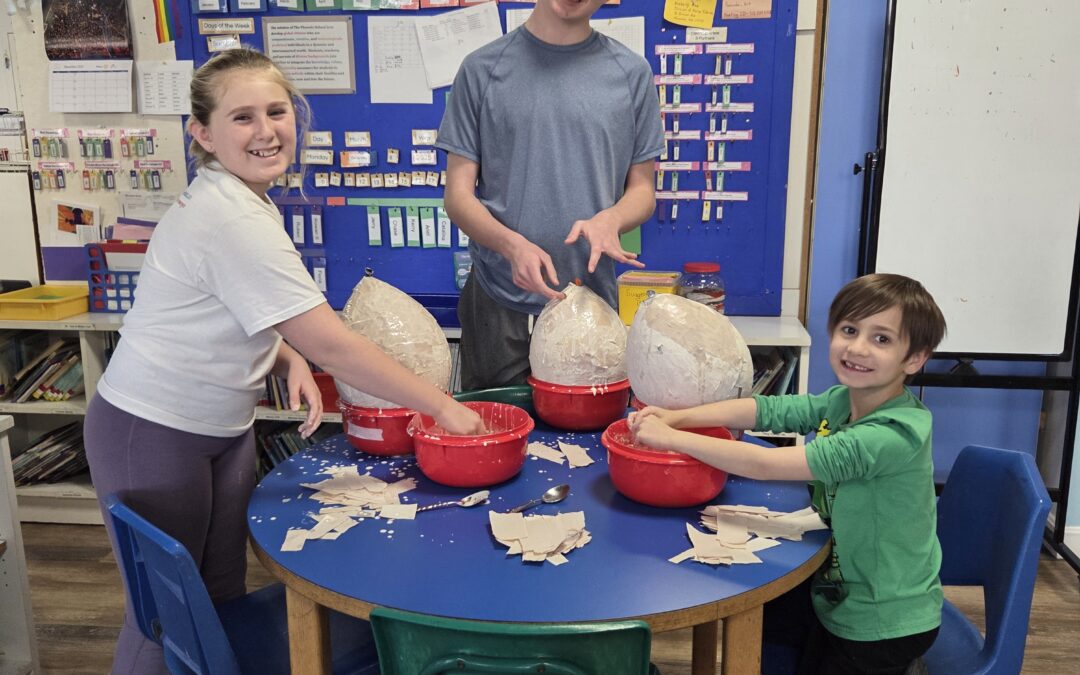
by Kerri Consalvo | Dec 15, 2025 | Blog, Educational Philosophy
Each December, The Phoenix School transforms into a vibrant workshop of imagination as students dive into our Creative Arts Block. Over two exciting weeks, the school buzzes with energy as students design and craft thoughtful, one-of-a-kind gifts for the people they love.

This year’s projects showcased an incredible range of creativity and skill. Students sewed and knitted fleece blankets and scarves, mixed and molded bath bombs and soaps, and measured, cut, and sanded wooden creations like pencil holders and paper towel stands. Along the way, they learned to safely use new tools, follow multi-step processes, and problem-solve when designs needed adjusting.
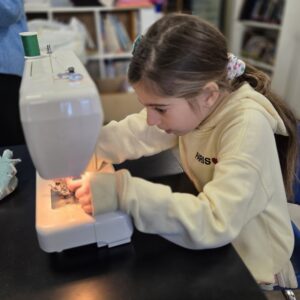
Every project became a canvas for self-expression. Students added vibrant paint, felt details, and hand-drawn designs, bringing their creations to life with playful giraffes, colorful fish, and patterns inspired by their own interests. No two gifts were alike, and each reflected the care and creativity of its maker.
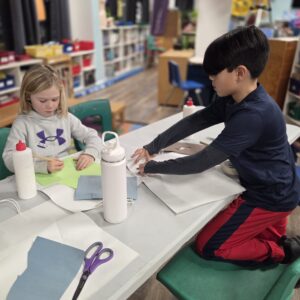
The Creative Arts Block is a powerful example of learning by doing at Phoenix. Through hands-on making, students build confidence, develop practical skills, and experience the pride that comes from turning an idea into something real and meaningful. We can’t wait to see what they dream up next.

by Kerri Consalvo | Nov 26, 2025 | Blog, Educational Philosophy
As we step into the holiday season, we’re reflecting on one of our most cherished Phoenix traditions—our annual Thanksgiving feast, created entirely by students and shared with our community.
For more than 40 years, this experience has woven together the heart of who we are: a multi-age community where learning is hands-on and grounded in real-world purpose. In the days leading up to the feast, students work side by side across age groups to prepare the entire meal. They measure, chop, mix, calculate, experiment, and problem-solve. They turn teamwork into a vibrant learning adventure.
But the true magic of this tradition goes far beyond the food. Younger students learn from older peers; older mentors practice leadership and patience; and everyone contributes to something bigger than themselves. These shared moments build confidence and the deep connections that help our students grow into thoughtful, capable humans.
Today, as we gather around one long table, we’re grateful for the feast our students created and for the community that makes it all possible. Traditions like this remind us why a small, connected learning environment matters and why Phoenix feels like family.
To all our families, thank you for being part of the Phoenix story. Your support, energy, and belief in this kind of education continue to fuel our mission.
From our Phoenix family to yours, we wish you a warm, joyful, and gratitude-filled Thanksgiving.
With appreciation,
The Phoenix School Team
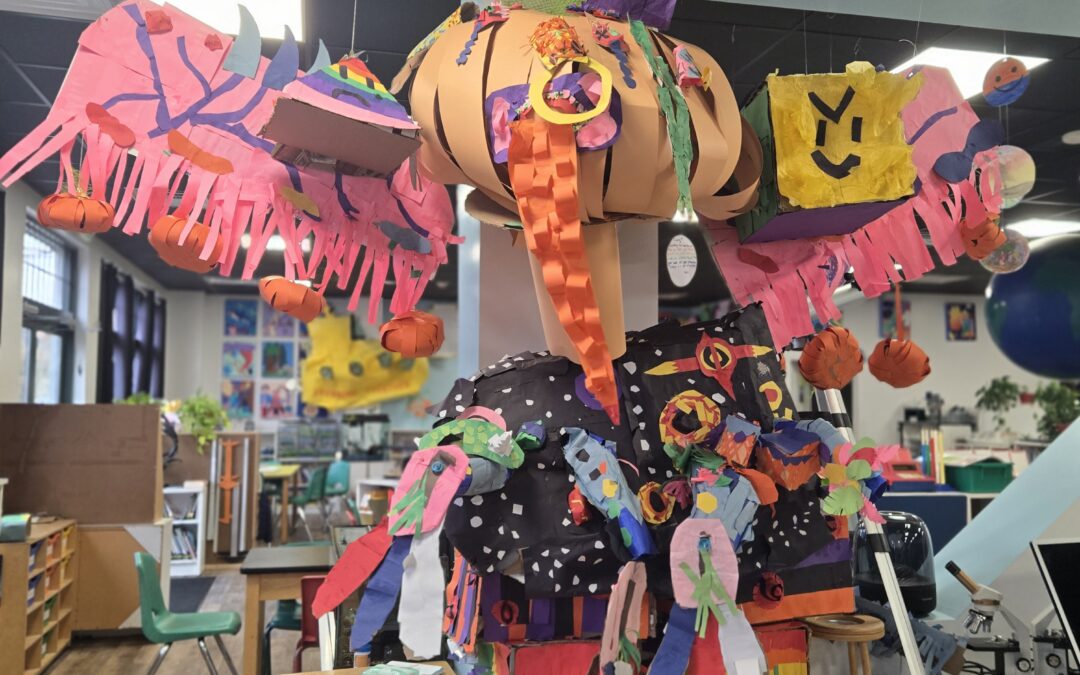
by Kerri Consalvo | Nov 3, 2025 | Blog, Educational Philosophy
At The Phoenix School, learning knows no borders. Our K–5 students recently took part in the Global Monster Project—a creative collaboration that connects classrooms from around the world through imagination, teamwork, and sustainability.
Each participating school was responsible for describing one part of a “global monster.” The Phoenix School’s assignment was to design the teeth! Our young creators imagined 20 uneven teeth, each a different shape, dirty and moldy with a green tint, and sour watermelon Skittles stuck in between.
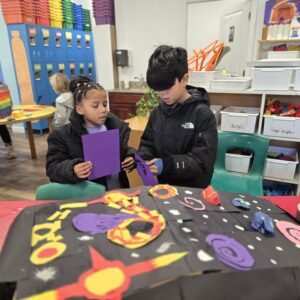
Other schools, spanning from Florida, California, Poland, and Greece, designed other parts of the monster. Using those descriptions, our students worked in small teams, using recyclable materials, to bring their own version of the creature to life. The finished monster was colorful, imaginative, and full of character.
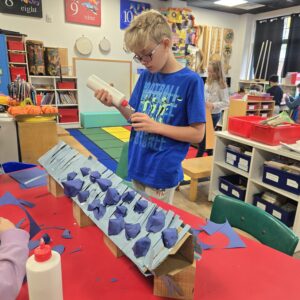
But the true magic of this project went far beyond art and design. Students practiced teamwork, problem-solving, and global awareness. They collaborated in small groups and reflected on their connection to students in other countries. They discovered how creativity and sustainability can work together to make learning meaningful. Through collaboration, they saw how one small classroom project can grow into a global adventure.
At The Phoenix School, we believe learning isn’t confined to one classroom—it’s part of a global conversation.

by Kerri Consalvo | Oct 2, 2025 | Blog, Educational Philosophy, Leadership
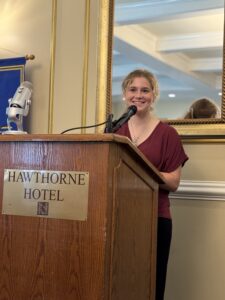
At The Phoenix School, leadership starts early. Each year, our 6–8th graders get the chance to run for officer positions in the EarlyAct Club (EAC), a student-led service club sponsored by Rotary.
EarlyAct is more than a club—it’s an opportunity for students to grow as leaders, citizens, and teammates while planning meaningful projects that serve their school, local, and global communities. Every Phoenix student participates in EAC, but older students take on formal leadership roles, including President, Vice President, Treasurer, two Clerk positions and head chair of committees
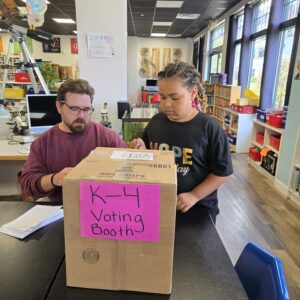
Last week, candidates wrote and delivered speeches about the roles they hoped to take on. Their peers then cast their votes, engaging in a democratic process that mirrors real-world elections. It was inspiring to see students step into the spotlight, share their vision, and support one another throughout the process.
The official EAC Inauguration took place earlier this week. Students delivered their acceptance or concession speeches and began their year as student leaders.
At Phoenix, we believe leadership isn’t something you wait to grow into—it’s something you practice every day. EarlyAct gives our students a powerful way to step up, serve their community, and grow into compassionate, capable leaders.

by Kerri Consalvo | Sep 5, 2025 | Blog, Educational Philosophy, Leadership
This week, our 6th–8th grade students stepped outside the classroom and into the community, spending the morning volunteering at The Salem Pantry. While they were stocking shelves, organizing donations, and helping neighbors, they were also learning something much deeper: the importance of giving back.
At The Phoenix School, we believe education extends far beyond academics. True learning includes understanding our role in the world, developing empathy, and taking action to make a difference. Service opportunities like this one give our students the chance to experience firsthand the power of compassion and community.
 For our middle schoolers, being leaders means more than mentoring younger peers—it also means recognizing the needs of the broader community and stepping up to help. These experiences foster responsibility, resilience, and gratitude, while also showing students that their actions matter.
For our middle schoolers, being leaders means more than mentoring younger peers—it also means recognizing the needs of the broader community and stepping up to help. These experiences foster responsibility, resilience, and gratitude, while also showing students that their actions matter.
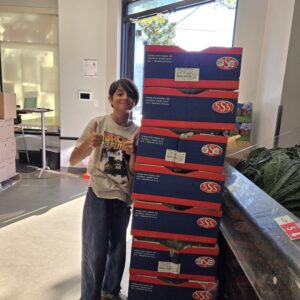
This is why community service is woven into life at Phoenix. Whether it’s helping at a food pantry, cleaning up local parks, or supporting global causes through our JDO connections, we want our students to understand that giving back is not an extra—it’s an essential.
Together, our students are not only learning about the world; they’re learning how to make it better.
✨ Want to see this kind of learning in action? Book a tour and discover how Phoenix empowers students to lead with compassion, creativity, and purpose. Book a Tour →
















